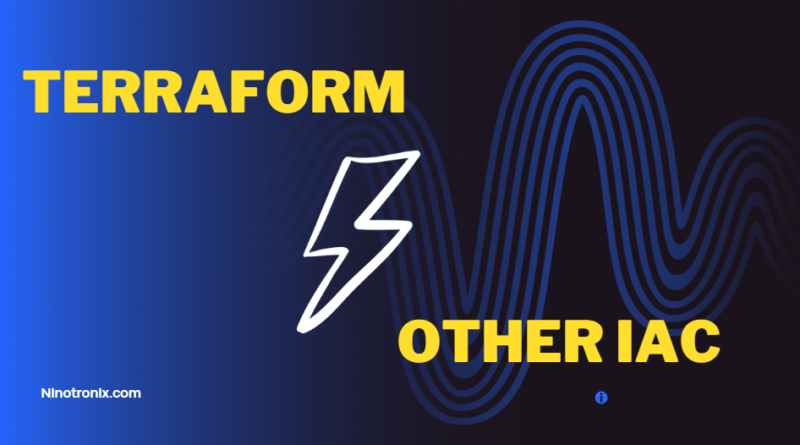Terraform vs. Other Infrastructure Automation Tools: A Comparison
As organizations increasingly adopt cloud computing and DevOps practices, infrastructure automation tools have become a critical part of IT operations. Terraform is one of the most popular infrastructure automation tools, but it is not the only one. In this article, we will compare Terraform to other infrastructure automation tools to help you determine which tool is best for your organization.
Terraform vs. Ansible
Ansible is another popular infrastructure automation tool that allows you to manage and configure servers and other resources. While Terraform focuses on infrastructure provisioning and management, Ansible is more geared toward configuration management and application deployment.
One of the main differences between Terraform and Ansible is that Terraform is a declarative language, meaning that you define the desired state of your infrastructure, and Terraform will ensure that your infrastructure matches that state. In contrast, Ansible uses an imperative language, meaning that you specify the steps that Ansible should take to configure your infrastructure.
Another difference is that Terraform is designed to work with multiple cloud providers and services, while Ansible is more focused on on-premises environments. This makes Terraform a better choice for organizations that need to manage infrastructure across multiple cloud providers.
Terraform vs. Puppet
Puppet is another infrastructure automation tool that focuses on configuration management. Like Ansible, Puppet is an imperative language, meaning that you specify the steps that Puppet should take to configure your infrastructure.
One of the main differences between Terraform and Puppet is that Terraform is designed to manage infrastructure at a higher level of abstraction. Terraform allows you to manage resources at the infrastructure level, while Puppet focuses on configuration management at the server level.
Another difference is that Terraform is designed to be idempotent, meaning that it can be run multiple times without causing any changes to your infrastructure. Puppet is not designed to be idempotent, which can make it more difficult to manage complex infrastructure.
Terraform vs. CloudFormation
CloudFormation is a cloud-native infrastructure automation tool that is designed to work with Amazon Web Services (AWS). Like Terraform, CloudFormation uses a declarative language, meaning that you define the desired state of your infrastructure, and CloudFormation will ensure that your infrastructure matches that state.
One of the main differences between Terraform and CloudFormation is that Terraform is designed to work with multiple cloud providers, while CloudFormation is limited to AWS. This makes Terraform a better choice for organizations that need to manage infrastructure across multiple cloud providers.
Another difference is that Terraform supports a wide range of third-party modules and plugins, making it easier to integrate with other DevOps tools and services. While CloudFormation has a growing ecosystem of third-party tools, it is not as flexible as Terraform.
Terraform vs. Chef
Chef is another infrastructure automation tool that focuses on configuration management. Like Ansible and Puppet, Chef is an imperative language, meaning that you specify the steps that Chef should take to configure your infrastructure.
One of the main differences between Terraform and Chef is that Terraform is designed to manage infrastructure at a higher level of abstraction. Terraform allows you to manage resources at the infrastructure level, while Chef focuses on configuration management at the server level.
Another difference is that Terraform is designed to be idempotent, meaning that it can be run multiple times without causing any changes to your infrastructure. Chef is not designed to be idempotent, which can make it more difficult to manage complex infrastructure.
Conclusion
In summary, Terraform is a powerful infrastructure automation tool that provides a high level of abstraction and supports multiple cloud providers and services. While other infrastructure automation tools like Ansible, Puppet, CloudFormation, and Chef have their own strengths and weaknesses, Terraform is often the best choice for organizations that need to manage infrastructure across multiple cloud providers and services.




